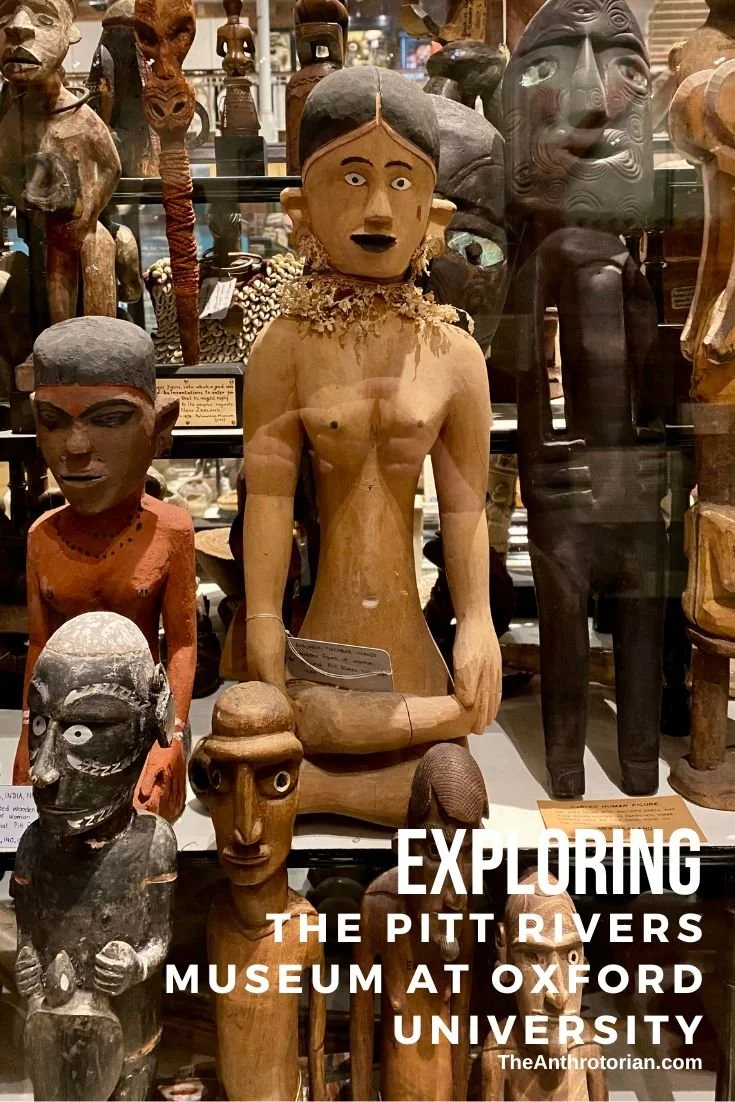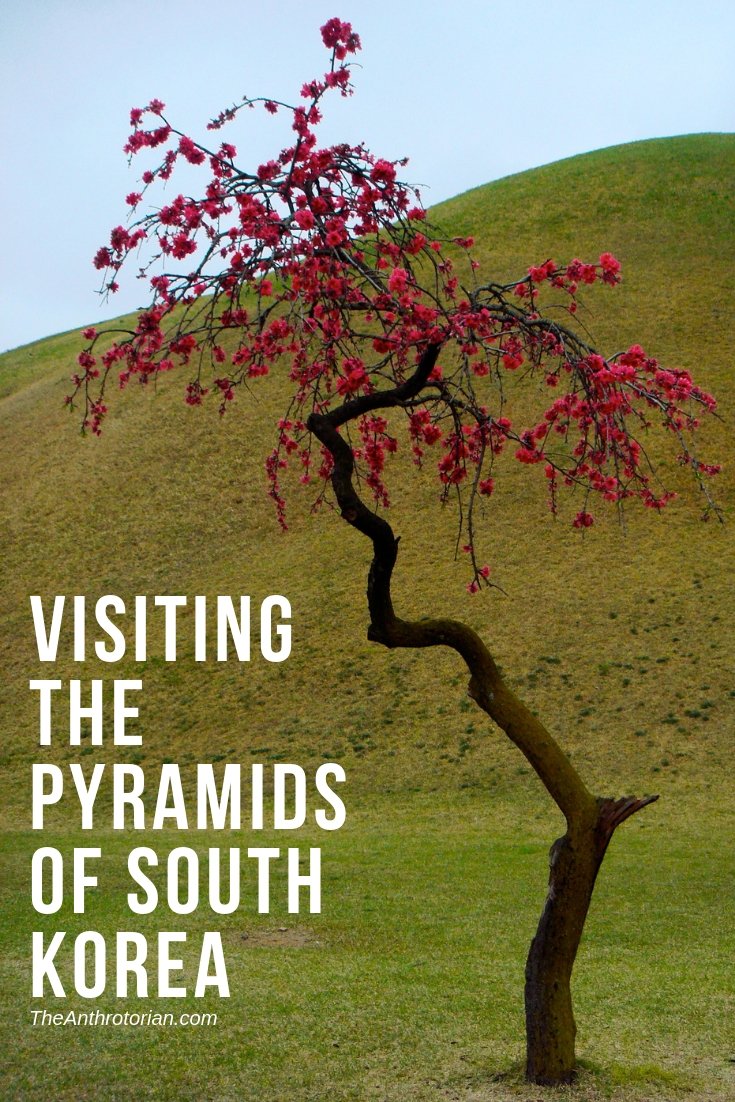I and two of my closest friends had taken the long flight from Canada to the UK (specifically York) to be the bridesmaids for our childhood pal. A fellow Canadian, she was marrying the love of her life — a ginger-haired lovable guy from Scotland.
The days leading up to the wedding were a whirlwind of last minute shopping, events, decorating and general wedding preparations, giving very little time to get to know the Scottish/English side of the family that would be attending the wedding.
The ceremony was held in a beautiful stone building at the edge of the lush, green museum grounds, and after the "I do's" we all filtered out into the courtyard to sip champagne, and mingle.
Embracing the chance to finally get to know some of the groom's friends and family, I approached a group of dapper looking gentlemen to introduce myself. One was wearing a pair of vibrantly colored plaid pants, and thinking that it was the perfect icebreaker, I walked up to the group and said,
"I noticed your pants from across the room, and I have to tell you that I love them! They are fantastic!"
The man to his right spit his beer out and started laughing. The one to his left covered his mouth with his hand trying to hide his amusement, while the man that I had spoken to — the one with the FABULOUS pants — just looked at me a bit wide-eyed.
Confused at their reaction, I could feel myself turning red and said again, "Really, those are great pants!"
Now all three of them were laughing.
Really confused, and now the color of the nearby roses, I was debating running away when one of the VERY kind groomsmen leaned over from the group next to us and whispered, "In the UK, 'pants' mean underwear or panties."
Shit.
I had just told the groom's uncle that I liked his underwear.
After I closed my mouth, I turned to the laughing men and sheepishly said, "TROUSERS, I like you TROUSERS."
Then shrugging, I pointed at myself and said, "Canadian, not my fault!" and walked away in search of people who understood my own language...
Walking past a group of kilted men on the way to the bar I had an "Aha" moment, as I realized that all the groom's friends who had been telling me that they weren't wearing "pants" (duh I had thought, I can see that you are in a skirt), were actually telling me that they weren't wearing...




























